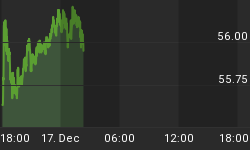What have we been doing about portfolio income in the face of the changing environment?
First, we take the view that interest rates are more likely to rise than decline. We reduced total bond exposure, shortened duration for the bonds we have, and increased net credit risk within bond holdings. Bonds prices fall when rates rise. Shorter-term rates may be more stable and shorter-term bonds fall less than longer-term bonds for any given increase in rates. Treasuries don't pay enough, and the improving business conditions that normally accompany rising interest rates, decrease default risk on lower quality credits, reducing the yield premium they require, likely resulting in stronger prices.
Second, we replaced the portfolio income we formerly derived from bonds with dividend income -- income that is likely to grow, with capital appreciation potential. This is preferable to bonds for which income does not grow and for which capital losses now seem likely.
![]() Restructuring Portfolio Income
Restructuring Portfolio Income















